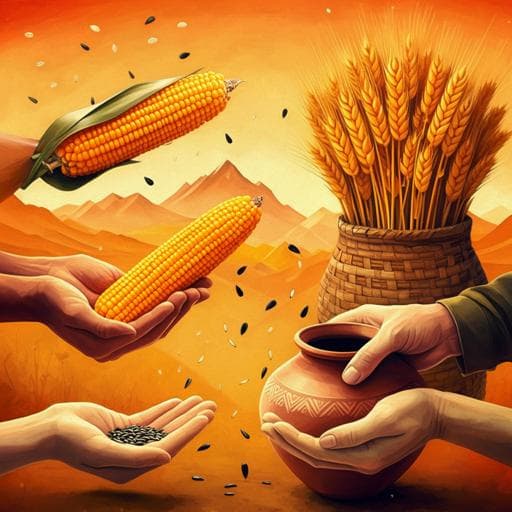
Agriculture
Traditional community-led seed system for maintaining crop vigour, diversity and socio-cultural network in view of the changing climate: a case study from western Himalaya, India
U. B. M. Sannegowda and S. C. Garkoti
Discover how local farmers in the Shivalik-Bhabar tracts utilize traditional seed systems to enhance crop vigour and preserve diversity. This fascinating research by Umesh Babu Mudigere Sannegowda and Satish Chandra Garkoti uncovers the significance of seed selection, storage, and exchange in maintaining agriculture's backbone in the western Himalaya.
~3 min • Beginner • English
Related Publications
Explore these studies to deepen your understanding of the subject.







